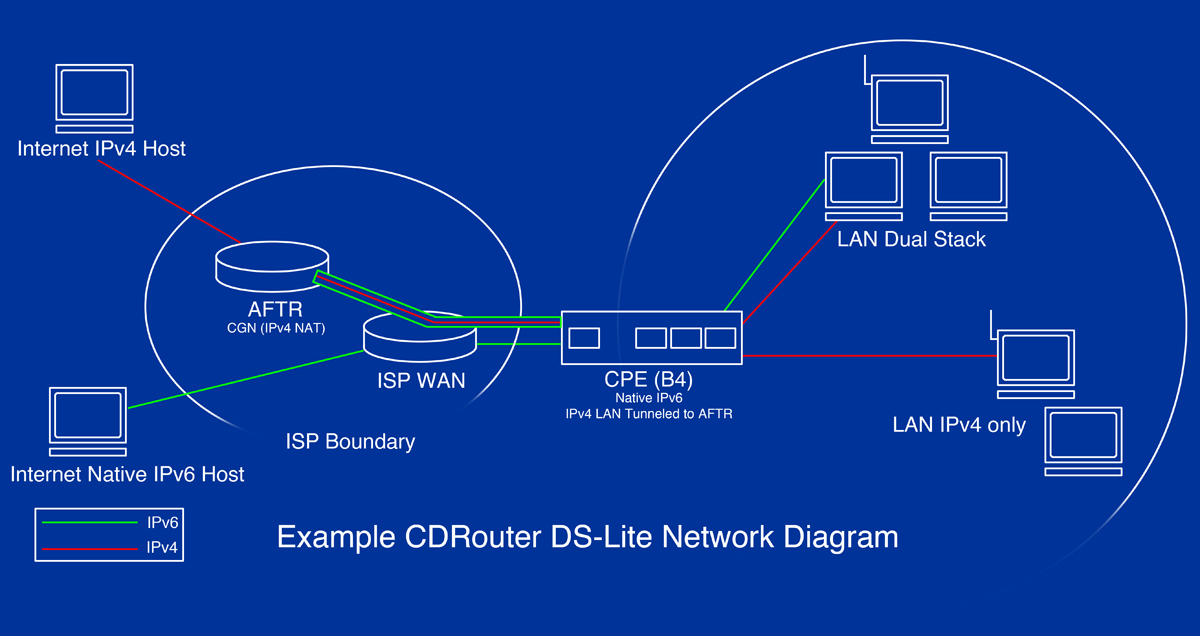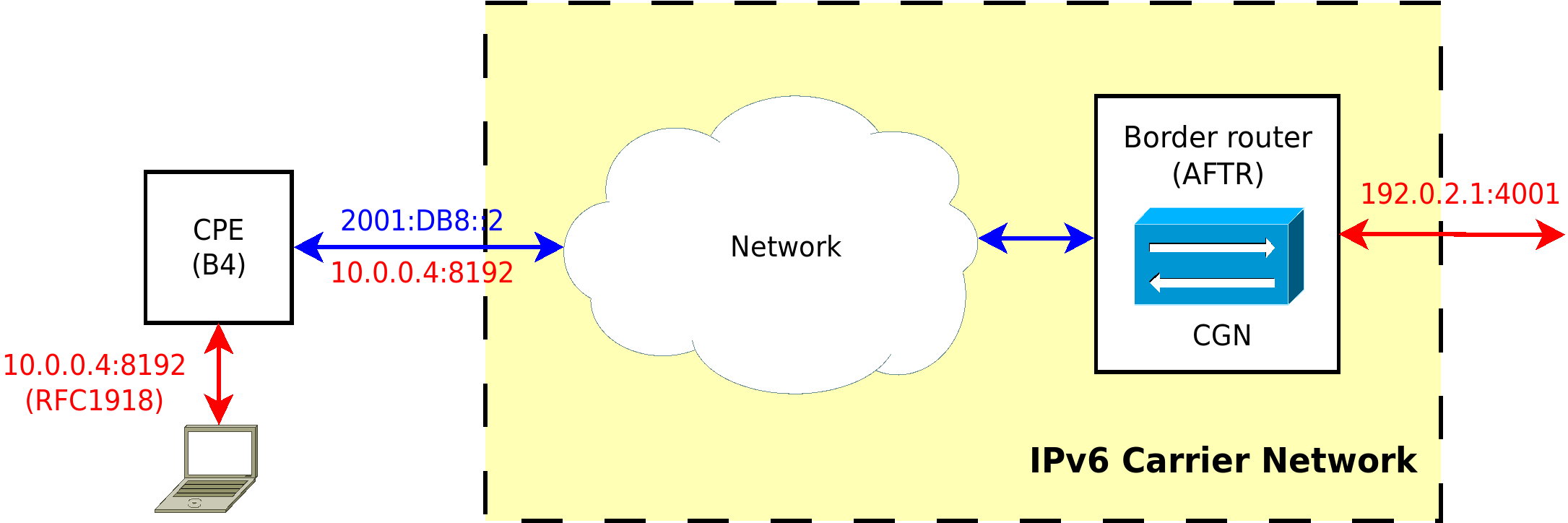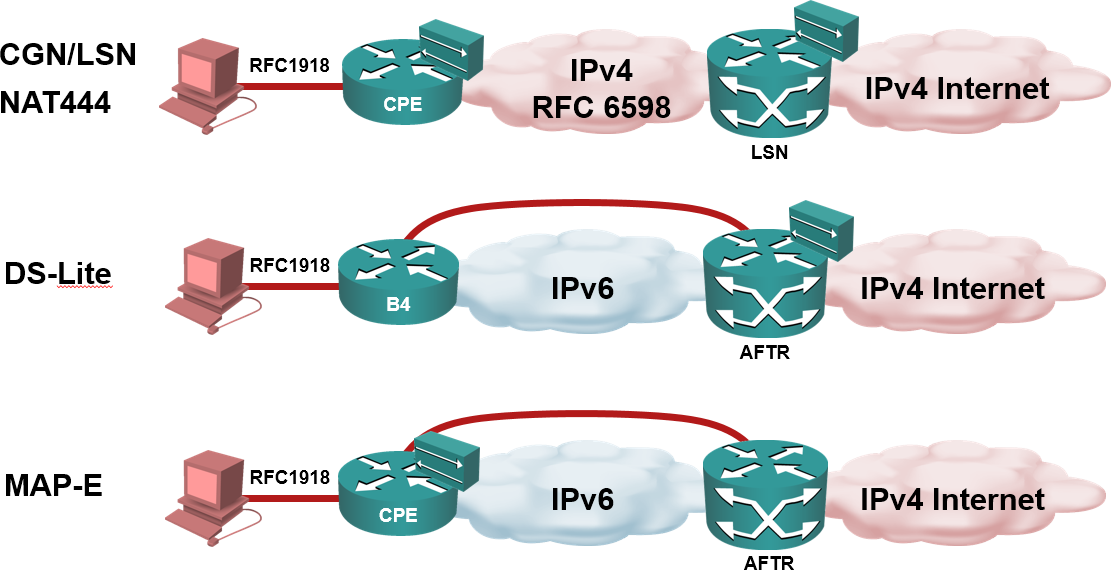![PDF] Universal Plug and Play and Port Control Protocol : The Advance Features of Dual Stack IPv 4 and IPv 6 Customer Premises Equipment | Semantic Scholar PDF] Universal Plug and Play and Port Control Protocol : The Advance Features of Dual Stack IPv 4 and IPv 6 Customer Premises Equipment | Semantic Scholar](https://d3i71xaburhd42.cloudfront.net/0c3fafa3554a8dd6fa46a37e68bc2451cccb293d/3-Figure1-1.png)
PDF] Universal Plug and Play and Port Control Protocol : The Advance Features of Dual Stack IPv 4 and IPv 6 Customer Premises Equipment | Semantic Scholar

IPv4/IPv6 dual stack better, but more expensive and less future-proof than DS-Lite and 464XLAT | Cybersecurity | SIDN
DS-Lite (Dual-Stack Lite) Overview Standardized in IETF RFC 6333, the DS- Lite transition mechanism is designed to allow IPv4 cli
DS-Lite (Dual-Stack Lite) Overview Standardized in IETF RFC 6333, the DS- Lite transition mechanism is designed to allow IPv4 cli
DS-Lite (Dual-Stack Lite) Overview Standardized in IETF RFC 6333, the DS- Lite transition mechanism is designed to allow IPv4 cli




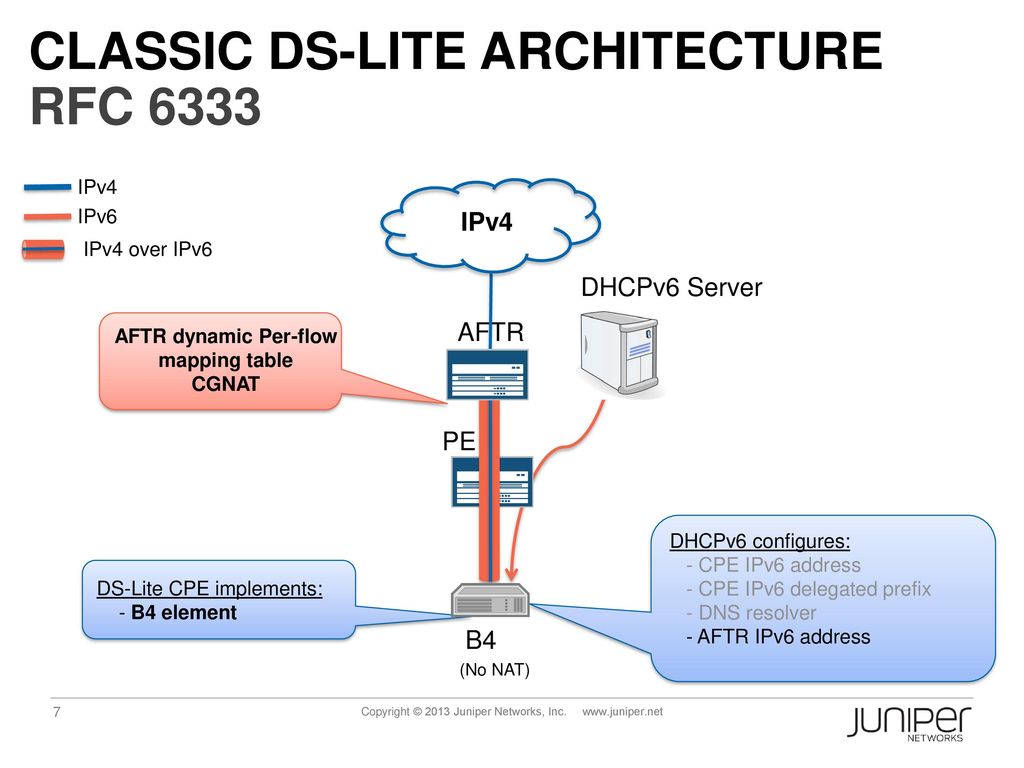
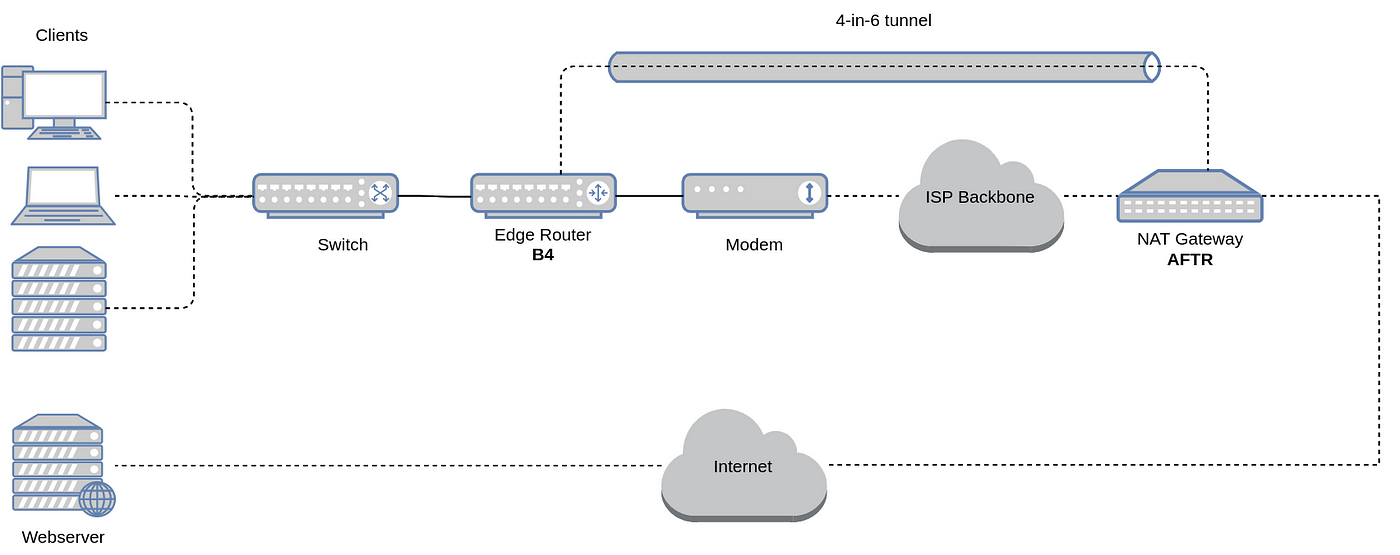




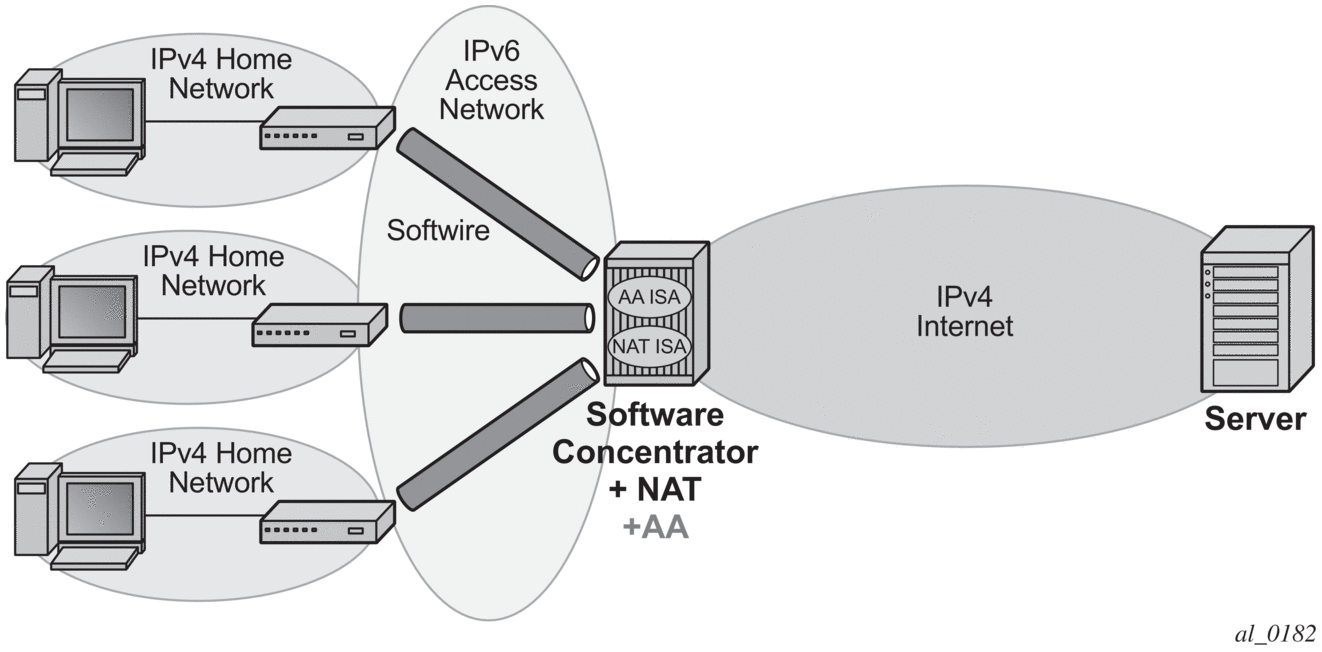
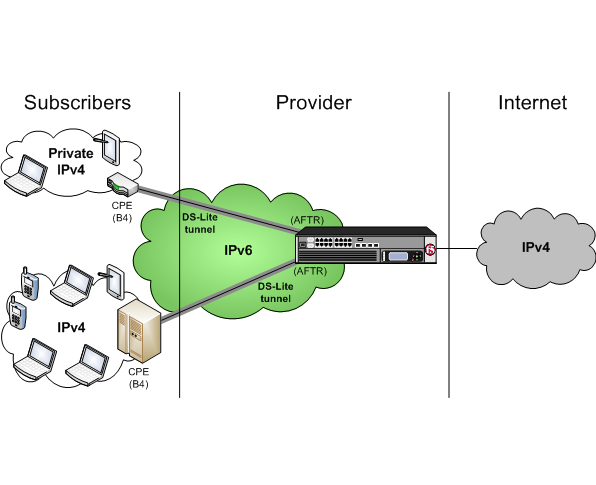
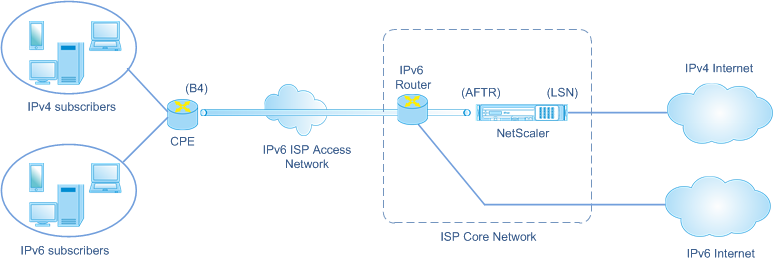

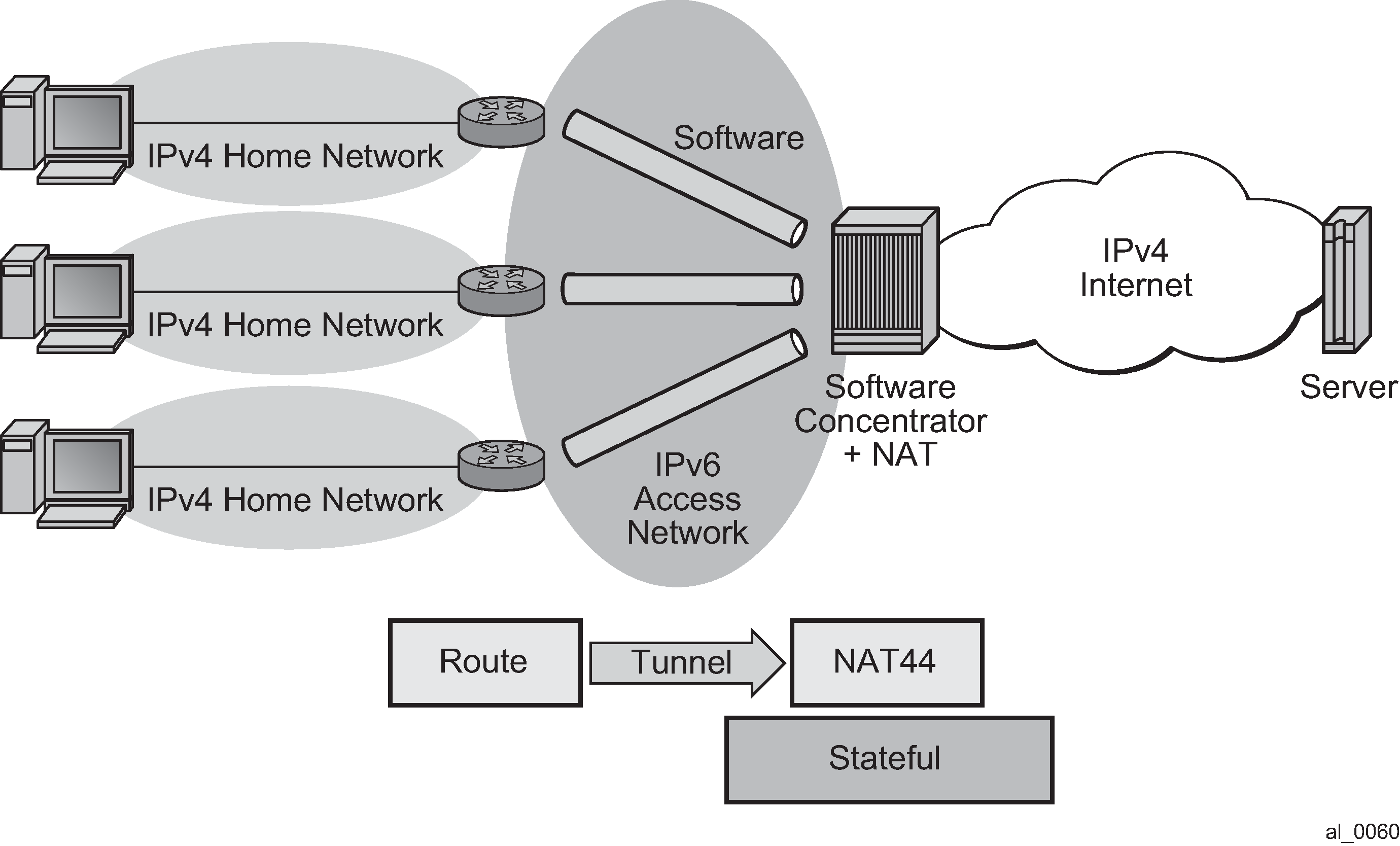

![Dual-Stack Communication Process [11] | Download Scientific Diagram Dual-Stack Communication Process [11] | Download Scientific Diagram](https://www.researchgate.net/publication/340130468/figure/fig1/AS:888832660602885@1588925628525/Dual-Stack-Communication-Process-11.jpg)

